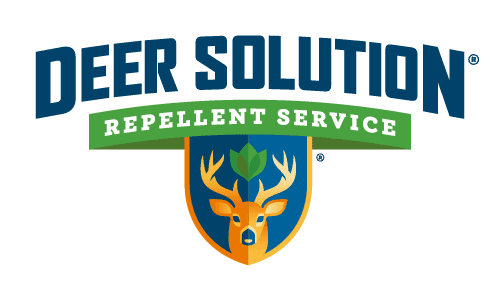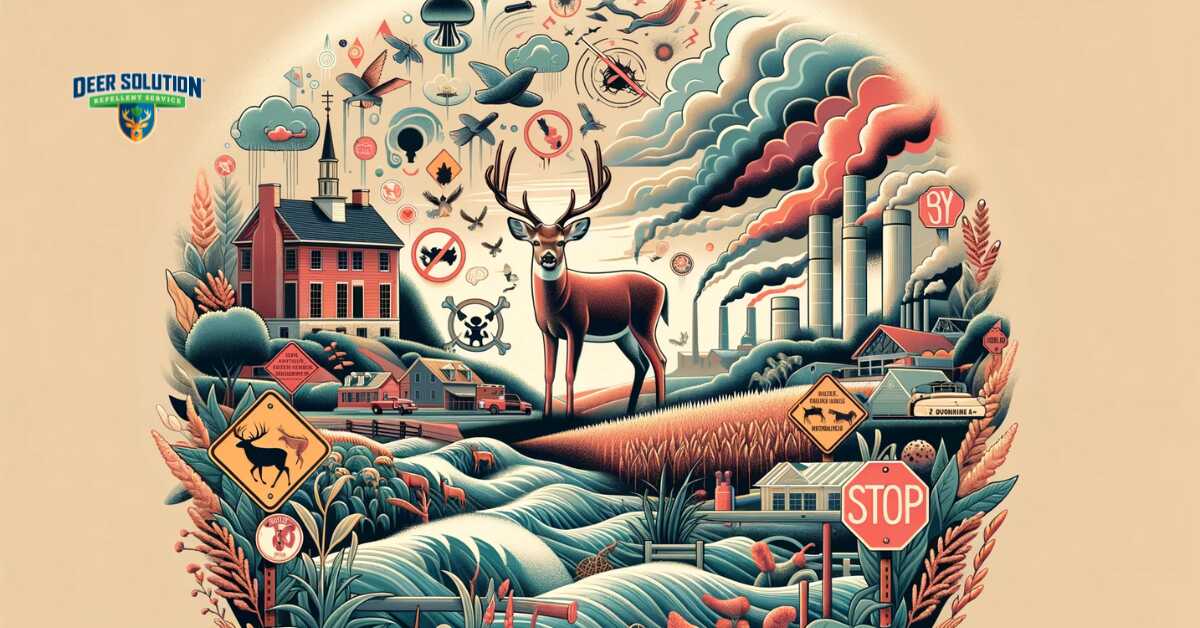Bucks County, Pennsylvania, is confronting a significant ecological and public safety challenge due to deer overpopulation. This situation affects various aspects of community life, including road safety, ecological health, and agricultural productivity.
Increased Deer-Related Vehicle Accidents: A Rising Safety Concern
In Bucks County, there has been a notable increase in vehicle accidents involving deer. Data indicates that Pennsylvania drivers face some of the highest risks of a vehicle collision with a deer.
During the mating season from mid-October to mid-December, deer movements intensify, often leading to road accidents. The Pennsylvania Game Commission emphasizes the need for motorists to be particularly vigilant during these months.
Ecological Threats and Agricultural Impact
Deer overpopulation in Bucks County poses threats to the local ecosystem and agriculture. Damage to trees and crops from deer results in considerable agricultural losses.
The browsing habits of deer, especially during colder months, can have detrimental effects on vegetation, impacting the ecological balance and agricultural productivity.
This issue is exacerbated by the increasing deer population, which often leads to deer venturing into more urban areas in search of food.
Deer Management Efforts
In response to the challenges posed by deer overpopulation, Bucks County has implemented various deer management strategies. These include efforts to reduce deer-vehicle collisions and minimize agricultural and ecological damage.
However, the county faces challenges in balancing effective deer control with environmental conservation and public safety concerns.
The deer overpopulation issue in Bucks County underscores the need for comprehensive solutions. The increased risk of vehicle accidents during the mating season, combined with the ecological and agricultural impacts, highlights the importance of proactive measures.
Addressing these challenges is crucial for ensuring public safety, protecting the environment, and maintaining agricultural sustainability.












